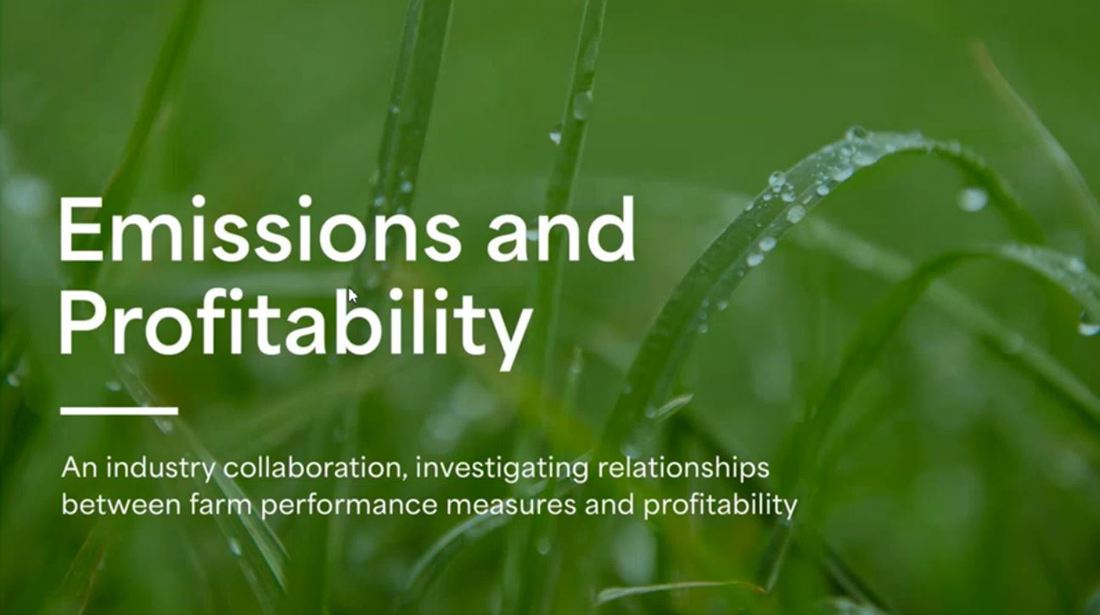Emissions and Profitability: What the data tells us
2 min read
The Emissions and Profitability Project is a collaborative effort between DairyNZ, DairyBase by DairyNZ, Fonterra, and LIC. It’s a study aimed to better understand the relationships between physical farm performance measures and profitability, with a focus on reducing greenhouse gas (GHG) emissions.
Customers buying products directly from New Zealand milk processing companies are setting targets to reduce their greenhouse gas emissions, focusing on emissions per unit of product. This metric, also known as ‘emissions intensity’, is important because it is the basis customers use for comparing different sources of milk when purchasing our dairy products.
Some New Zealand dairy companies are now offering incentives to farmers for low emissions intensity milk. However, emissions intensity is only one of several important considerations for farmers.
Pasture-based farm systems are complex and dynamic. There is a risk that pursuing a single goal, such as reducing emissions intensity, could come at the expense of other important objectives if not carefully considered.
The Emissions and Profitability Project, a collaborative effort between DairyNZ, DairyBase by DairyNZ, Fonterra, and LIC, acknowledges the need to balance multiple goals, including total GHG emissions, profit, and other sustainability metrics like purchased nitrogen surplus.


*Life Cycle Analysis is used to calculate emissions across the full dairy production chain, including on-farm inputs like feed, fertiliser and fuel, as well as emissions associated with milk processing.
The key farm system opportunities to increase profitability and reduce emission intensity that align with this study are:
This research is the first phase of an ongoing effort. A second phase is planned for 2025/26 to refine liveweight estimates and deepen the insights using more advanced statistical methods. DairyNZ, Fonterra, and LIC are continuing to work together to support evidence-based progress.
Jo Finer, Chief Executive Officer at NZIPIM, hosts a webinar on the Emissions and Profitability project. Guest speakers are:

Now’s the perfect time to check in, plan, and set up for a strong season. We’ve pulled together smart tips and tools to help you stay ahead all winter long.
Whether you prefer to read, listen, or download handy guides, we’ve got you covered with trusted tools to support your journey every step of the way.
Put our proven strategies and seasonal tools to work. Boost production, support animal health and watch your profits hum.
Tools that are backed by science, shaped by farmers and made for this season.
That’s Summer Smarts.